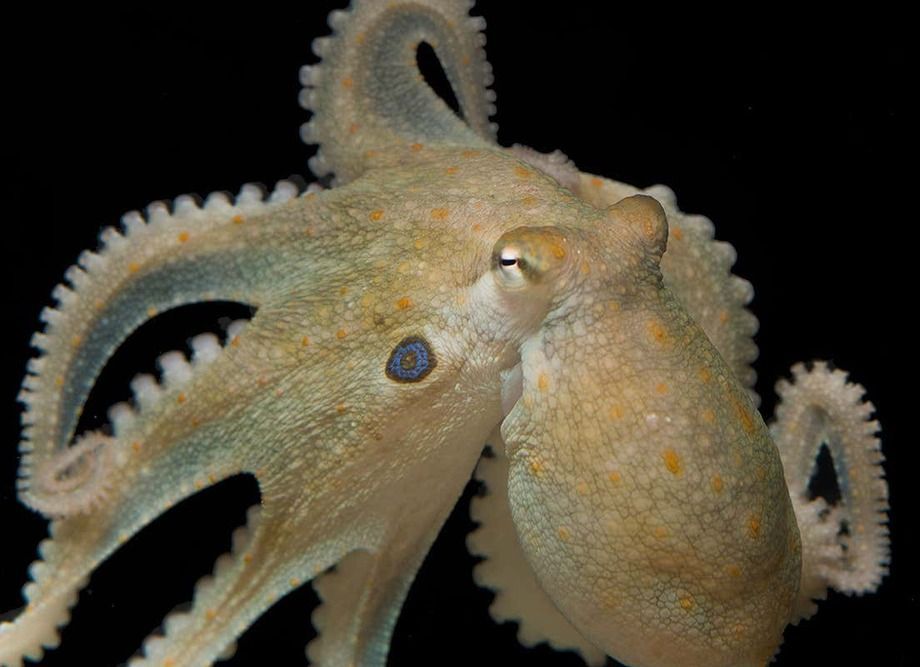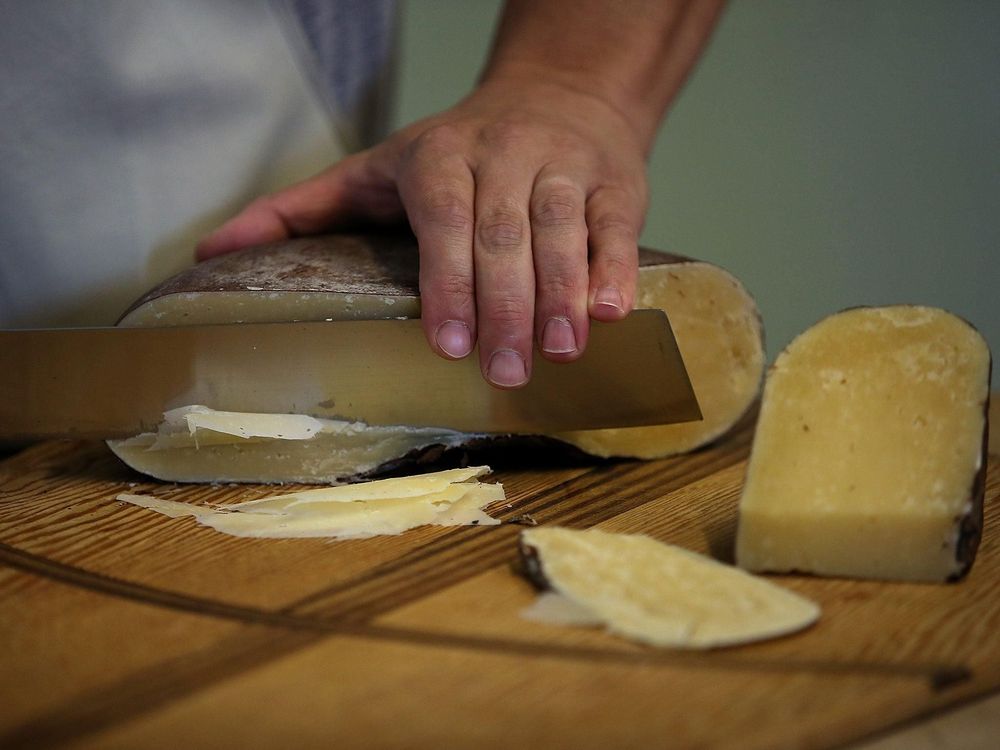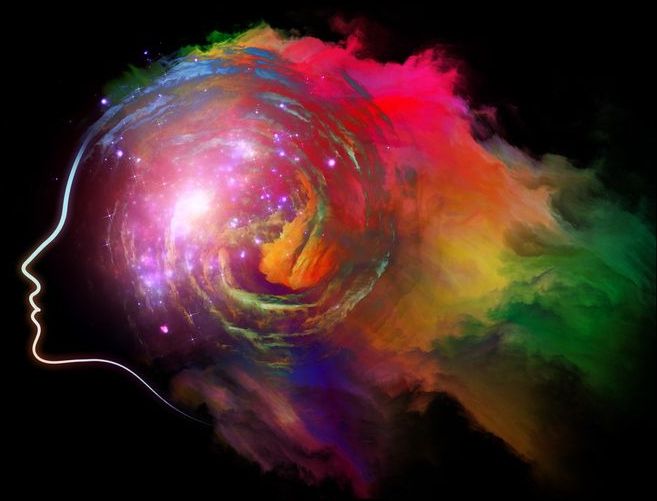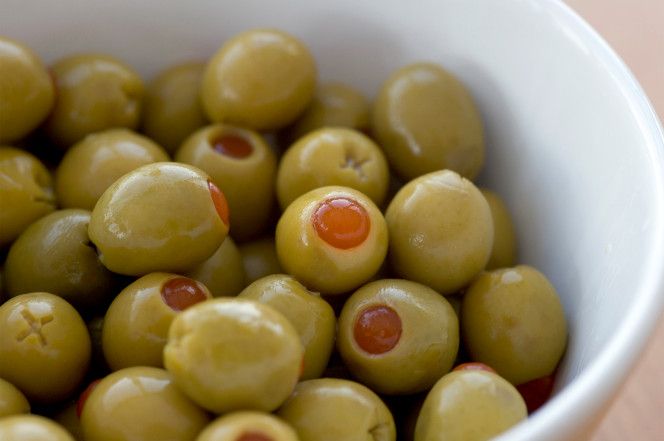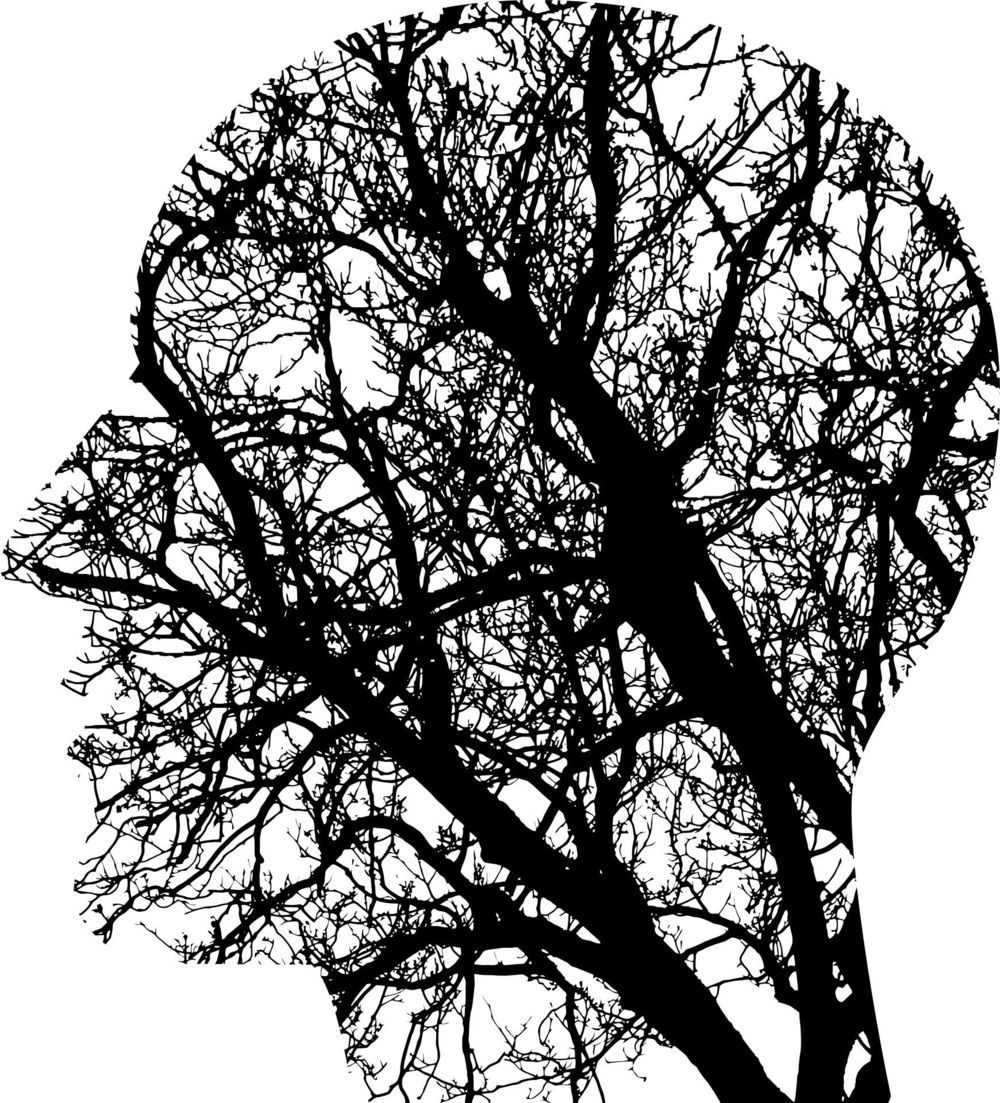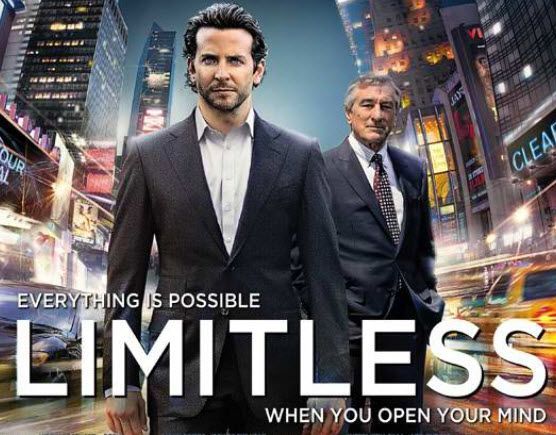Recent therapeutic trials of “classical” psychedelic drugs, such as psilocybin (from magic mushrooms) or LSD, have reported benefits to wellbeing, depression and anxiety. These effects seem to be linked to a sense of “ego dissolution” — a dissolving of the subjective boundaries between the self and the wider world. However, the neurochemistry behind this effect has been unclear. Now a new paper, published in Neuropsychopharmacology, suggests that changes in brain levels of the neurotransmitter glutamate are key to understanding reports of ego dissolution — and perhaps the therapeutic effects of psychedelics.
Natasha Mason at Maastricht University, the Netherlands, and colleagues recruited 60 participants for their study. All had taken a psychedelic drug before, but not in the three months prior to the study. Half received a placebo and the other half were given a low to moderate dose of psilocybin (0.17 mg/kg of body weight).
The team then used a technique called proton magnetic resonance spectroscopy (MRS) to look at concentrations of glutamate (as well as other neurochemicals) in the medial prefrontal cortex (mPFC) and the hippocampus — two regions that have been implicated as key to the psychedelic drug experience. The team also looked at patterns of “functional connectivity” within networks of brain regions, a measure of how closely correlated brain activity is across those regions. Six hours after taking the drug or placebo, the participants reported on their subjective experiences using two surveys: The 5 Dimensions of Altered States of Consciousness and the Ego Dissolution Inventory.
As the researchers expected (based on the findings of earlier research), those given the drug reported increased feelings of ego dissolution, as well as altered states of consciousness. They also showed disruptions in the connectivity of particular networks, including the default mode network, which has also been implicated in past work on the effects of psychedelic drugs…
But, for the first time in humans, the team also observed higher levels of glutamate in the mPFC and lower levels in the hippocampus after taking psilocybin — and they linked these changes to different aspects of ego dissolution. Increases in the mPFC were most strongly linked to unpleasant aspects, such as a loss of control over thoughts and decision-making, and also anxiety. Decreases in the hippocampus, meanwhile, were most strongly linked to more positive aspects, such as feelings of unity with the wider world, and of having undergone a spiritual-type experience.
The hippocampus is our most important memory structure. Based on earlier work on the impacts of psychedelic drugs on patterns of brain connectivity, it’s been suggested that a temporary reduction or loss of access to memories about our own lives might contribute to a weakening of the “self”. The new work suggests that changes in glutamate levels in the hippocampus might be key to this process.
But if glutamate rises in the mPFC are linked to unpleasant aspects of ego dissolution, and also to anxiety, how does this fit in with trial results finding that psychedelic drugs can treat anxiety disorders?
